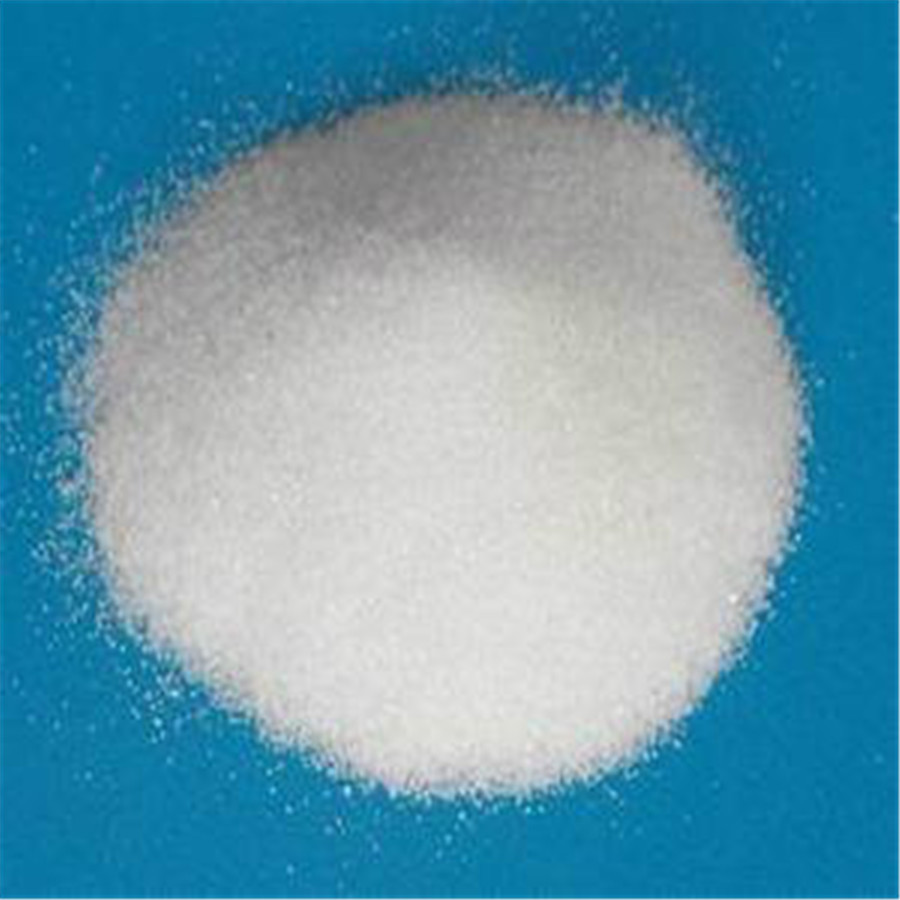+86-13961672821
+86-510-86268020
trust@hi2000.com
trust@hi2000.com
Room 807,No.169 Changjiang road,Huifu plaza,New centre,Jiangyin,Jiangsu China



Views: 0 Author: Site Editor Publish Time: 2025-08-27 Origin: Site










Anyone managing industrial cooling towers knows the headache: mineral scale buildup from calcium, magnesium, and other dissolved metals slashing efficiency and gnawing at equipment life. Enter Amino Trimethylene Phosphonic Acid, or ATMP (CAS 6419-19-8). This organic phosphonic acid has become a real standout for preventing scale. Let's break down why it works so well – cutting through deposits, boosting system performance, and ticking those crucial environmental boxes.
So, what’s ATMP’s trick? Its molecular structure delivers three powerful phosphonic acid groups (think carbon-phosphorus chains). That gives it impressive metal-grabbing power (chelation), particularly for troublemakers like calcium (Ca²⁺) and magnesium (Mg²⁺). Picture ATMP locking onto these ions, making them far less likely to react with carbonate or sulfate in the water and form rock-hard deposits like calcium carbonate or gypsum scum. Truth is, it raises the solubility limit too, stopping mineral levels from hitting the danger zone where scaling happens. Plus, ATMP throws a wrench in the crystallization process itself. Instead of letting little scale seeds grow into tough, clingy layers on heat exchangers or pipes, it encourages softer, crumbly particles the water can easily flush away. It’s this dual-action punch – grabbing ions *and* zapping crystal growth – that keeps high-mineral water flowing smoothly.
Cooling systems are notoriously brutal environments. Recycling water racks up dissolved solids, leading straight off the charts on hardness and alkalinity tests. Here’s the kicker: ATMP doesn’t flinch. It stays effective across a wide pH range (generally 5 to 9) and is practically immune to heat stress even beyond boiling – we’re talking up to 200°C. It pulls double duty as a dispersant too, suspending tiny scale specks and ensuring they don't clump together to coat critical parts. Unlike older inhibitors, ATMP won’t clog the works itself in super-hard water either. You avoid messy precipitation, keeping water clear and protecting precious heat transfer efficiency. This resilience makes ATMP the go-to for power plants, chemical processors, and heavy manufacturers – places where murky water conditions are routine, and stopping scale is non-negotiable for keeping the plant humming.
The Real-World Verdict
Beyond just crushing scale, ATMP quietly fights another battle: corrosion. How? It forms a protective molecular layer on metal surfaces. This nano-shield acts like armor against steam pipe assassins – dissolved oxygen and aggressive dissolved salts. Lab tests confirm it significantly slows electrochemical reactions right at the metal-water interface, reducing both ugly surface corrosion and the more dangerous pitting damage on steel, copper alloy, and even aluminum gear. Pitting damage that can secretly ruin a heat exchanger in mere months. The combined effect of preventing scale *and* blocking corrosion just flat-out prolongs the life of pumps, pipes, and whole heat exchange units. Operators see the payoff: far fewer shutdowns for repairs and serious savings on equipment replacements. And let's not overlook safety: ATMP breeds no hazardous fumes or disposal dramas. Low toxicity? Check. Non-oxidizing? Also check. That’s critical for system materials compatibility.
Frankly, industries now demand eco-smart solutions, and ATMP delivers. As a low-phosphorus inhibitor, it poses measurably less risk compared to old-fashioned phosphate treatments. Less phosphorus discharged means far fewer algae blooms choking out waterways down the line. On the plant floor, studies support its high biodegradability and reliability over shelf time. That translates to safer handling and simpler day-to-day operations. Oh, and it’s potent stuff – standard treatments often fall in the **10–30 ppm** range, slashing chemical usage and trimming budgets without sacrificing protection. Field ops love that ATMP plays well with others, blending seamlessly into water programs alongside dispersants and other corrosion fighters. Need to tweak your cocktail for some quirky unit? No problem here.
Bottom line: Amino Trimethylene Phosphonic Acid (ATMP) is the MVP for cooling water chemistry. Its unique blend of ion-trapping, crystal-busting chemistry, alongside tough-as-nails performance under pressure and meaningful environmental benefits, cements its role in modern water stewardship. By adopting ATMP, targeted dosing management, industries genuinely achieve lower energy bills, equipment that lasts, and cleaner environmental track records. That's not just expected performance – it's consistently proven value.